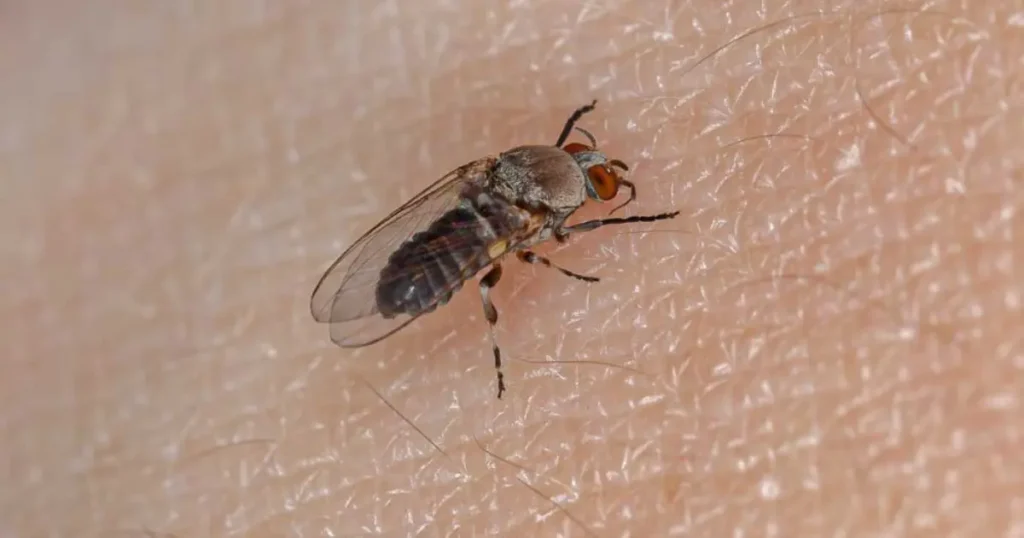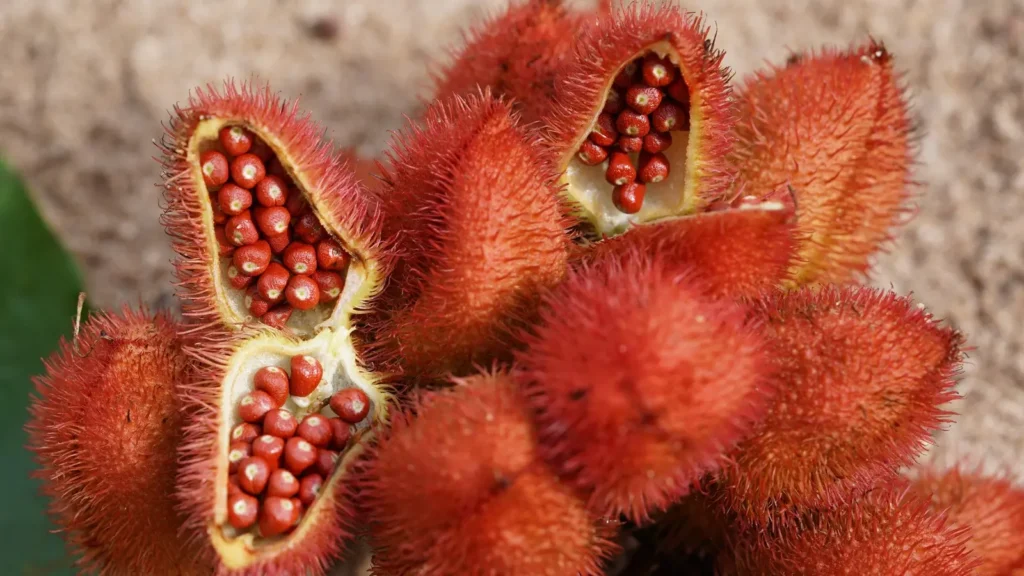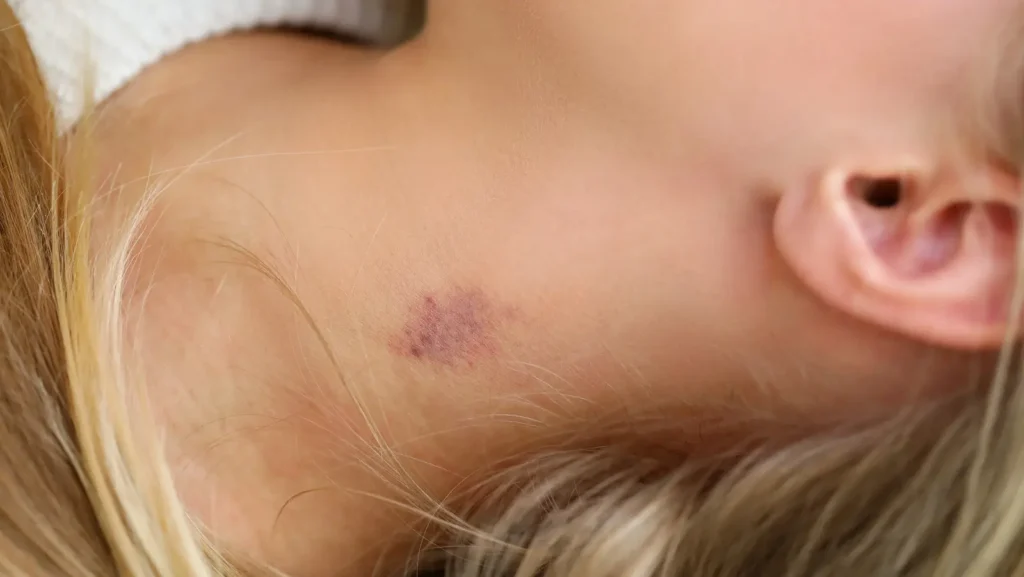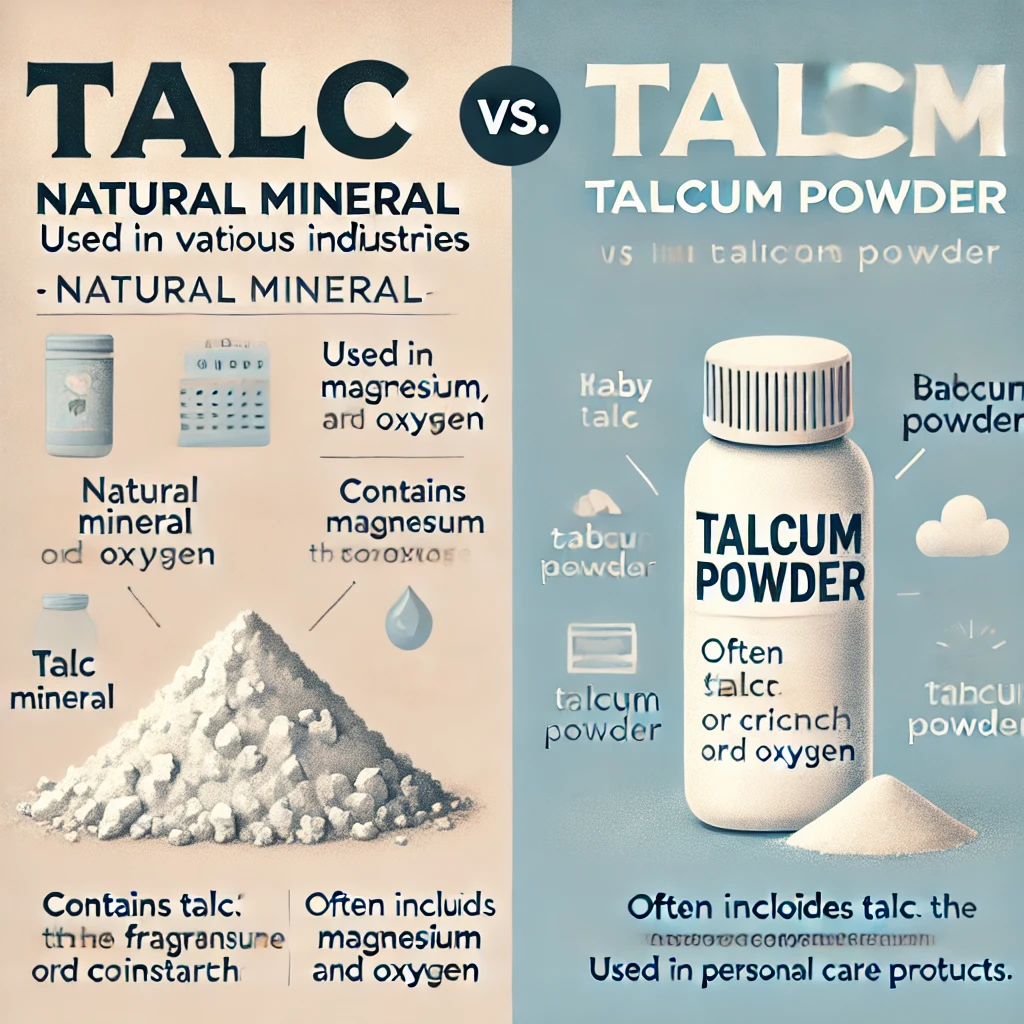The recovery process for wisdom teeth removal can be challenging, but making the right food choices can help healing go more smoothly. When healing from tooth extraction, your body requires soft, cold, nutrient-rich food to protect the blood clot, prevent infection, and facilitate quick wound recovery. Avoiding the wrong foods can lead to pain or worse, such as a dry socket. In this article, you’ll find out exactly what to eat after wisdom teeth removal, what’s safe to eat, and some tips for a quick recovery. Soft foods and puréed soups are part of a comprehensive recovery timeline, and everything is broken down to facilitate a smooth and simple healing process. Let’s make your recovery as fast and enjoyable as possible.
Table of Contents
Immediate Post-Surgery Diet: First 24 Hours
After tooth extraction, the first 24 hours are critical. Your mouth needs time to form a proper blood clot. That’s why sticking to a liquid diet is the safest choice. Liquids are gentle and hydrating, helping your mouth initiate the healing process without putting pressure on the surgical site. Cold or lukewarm temperatures are ideal because they reduce swelling and soothe discomfort.
Why Liquids Are Essential
Liquids are easy to take in without chewing. That’s key right after wisdom teeth removal because chewing too soon can disrupt the blood clot. A liquid diet also keeps you hydrated, which helps your body repair faster. You can even add some protein or calories through smoothies or bone broth to stay energized.
Best Liquids to Drink (Water, Broth, Coconut Water)
Choose clear, cold, or lukewarm liquids. Bone broth, coconut water, and herbal teas offer essential minerals and provide comfort. Water remains the best choice for hydration. Avoid anything with acid, caffeine, or sugar. These can irritate the site and slow wound healing.
Foods to Avoid in This Phase (No Hot or Spicy Liquids)
Avoid hot, spicy, or acidic liquids. These can dissolve or dislodge the blood clot, leading to a dry socket. Skip coffee, citrus juices, and hot soups. Your mouth needs a calm and cool environment.
Soft Foods You Can Eat (Day 2 and Onward)
By the second day, you can begin to add soft foods that don’t require chewing. These help keep your energy up while being gentle on your healing gums. You still need to avoid anything sharp, crunchy, or sticky.
Blended Soups & Broths
Blended soups, such as those made from pumpkin or carrots, which are made from nutrient-dense vegetables, are excellent choices. Keep them lukewarm and avoid any chunks. Bone broth is rich in protein and provides a soothing effect.
Mashed Potatoes, Applesauce & Yogurt
These soft foods are filling and easy to eat. Mashed potatoes offer carbs and calories. Applesauce is sweet and calm, ideal for comfort. Greek yogurt is high in protein and smooth enough to eat without any concerns.
Smoothies & Ice Cream (Without a Straw)
Cold and creamy smoothies are perfect for cooling your gums. Mix in fruits, nut butter, or even spinach. However, avoid using a straw—suction can cause a dry socket. Banana ice cream is another soothing treat.
Other Great Options: Scrambled Eggs, Avocado, Oatmeal, Salmon
Once chewing feels easier, try scrambled eggs for protein or avocado for healthy fats. Instant oatmeal is soft when cooled and full of fiber. Soft-cooked salmon is rich in omega-3 fatty acids, which are great for wound healing.
15 Best Foods for Wisdom Teeth Recovery
Eating right makes healing faster and smoother. Below is a list of the top soft foods for post-surgery nutrition:
| Rank | Food Item | Benefits |
| 1 | Blended soups | Warm, filling, easy to digest |
| 2 | Greek yogurt | High in protein, cool and creamy |
| 3 | Mashed bananas | Potassium-rich and gentle |
| 4 | Banana ice cream | Cold and soothing |
| 5 | Mashed potatoes | Comfort food with calories |
| 6 | Smoothies | Customizable with fruits and veggies |
| 7 | Applesauce | Sweet, soft, and refreshing |
| 8 | Scrambled eggs | Protein-rich and easy to chew |
| 9 | Avocado | Healthy fats, smooth texture |
| 10 | Instant oatmeal | Soft fiber, warm or cold |
| 11 | Cottage cheese | Mild flavor, easy to eat |
| 12 | Hummus | Protein and fiber in a smooth paste |
| 13 | Mashed pumpkin | High in vitamin A, great for healing |
| 14 | Bone broth | Full of minerals, very hydrating |
| 15 | Salmon | Omega-3s support faster healing |
How to Make Banana Ice Cream at Home
Slice ripe bananas and freeze them for two hours. Blend until smooth. You can add a splash of almond milk for a creamier texture. Avoid adding sugar or nuts. This cold dessert helps calm your sore gums.
Foods to Completely Avoid After Wisdom Teeth Removal
Certain foods can hurt your mouth or increase the chance of infection. Stay away from these during recovery.
Crunchy, Hard, or Spicy Foods
Foods like crackers, chips, or raw vegetables can break down into sharp pieces. These can cut into your gums and dislodge the blood clot. Spices also irritate and delay wound healing.
Avoid Seeds, Nuts & Chips
Tiny pieces from nuts or seeds can get stuck in your wounds. This can lead to infection or dry socket. Even soft-looking chips can be dangerous due to their rough edges.
Say No to Straws and Carbonated Drinks
Never use a straw after tooth extraction.Bubbly drinks cause pressure in the mouth and can irritate the site.
Do Not Smoke or Use Tobacco
Smoking is one of the top causes of dry sockets. It reduces oxygen in your blood, delays wound healing, and raises the risk of infection. Quit during your recovery if possible.
Common Complications to Watch For
Healing usually proceeds well, but it’s essential to monitor for signs of complications. Early treatment helps prevent serious issues.
Dry Socket
If the blood clot falls out too soon, the bone and nerve below can become exposed. This is very painful and needs urgent dental care.
Infection or Swelling
Some swelling is normal. However, if it worsens or develops with fever and pus, it may be an infection. See your oral surgeon right away.
Numbness or Tingling
Temporary numbness can happen after surgery. It usually fades, but if it lasts for weeks, tell your dentist. It might be nerve-related.
When to See Your Oral Surgeon
Call your oral surgeon if pain worsens, bleeding won’t stop, or swelling increases after day three. Don’t wait. Timely help is key.
Day-by-Day Recovery Timeline
Each day brings minor improvements. Follow this recovery timeline for the best results.
Day 1: Bleeding & Initial Rest
Rest with your head up. Bleeding should slow within a few hours. Stick to a liquid diet and avoid talking or touching the area.
Days 2–3: Managing Swelling and Diet Transition
Swelling may peak. Apply ice and begin introducing soft foods, such as yogurt or mashed bananas. Avoid straws or rinsing too hard.
Days 4–5: Introducing More Soft Foods
Try new soft foods such as oatmeal, scrambled eggs, or hummus. Continue avoiding sharp, chewy items.
Day 6 Onward: Signs of Healing
Most discomfort fades. Gums begin to close. If you feel normal and pain-free, you’re on track.
Oral Hygiene Tips During Recovery
Keeping your mouth clean helps prevent infection. But you must do it gently.
How to Rinse Your Mouth Safely
After 24 hours, start rinsing with salt water. Swish softly and let it fall out without force.
Brushing Techniques After Surgery
Brush your teeth, but avoid the surgery site. Use a soft brush and move slowly. Don’t skip brushing.
Mouthwash – Yes or No?
Avoid strong alcohol-based mouthwashes. Use only mild, dentist-approved rinses if needed.
Oral Surgery Aftercare Tips
Good habits accelerate healing and reduce pain.
Ice Packs & Pain Management
Use ice packs in 15-minute rounds for the first two days. Over-the-counter painkillers, such as ibuprofen, can also help reduce swelling.
Sleep Positioning for Faster Recovery
Sleep with your head raised. Use two pillows to avoid blood pooling in your mouth.
Hydration & Nutrition Importance
Drink plenty of water. Eat high-protein diet foods like cottage cheese or Greek yogurt to keep your strength up.
When to Contact Your Oral Surgeon
Never ignore unusual symptoms. Always trust your body.
Warning Signs You Shouldn’t Ignore
Fever, foul taste, severe pain, or bleeding past day three should be reported. These could indicate an infection or a dry socket.
How to Reach Out for Emergency Follow-up
Most oral surgeons provide a contact number for aftercare. Don’t wait—reach out anytime your recovery feels off track.
Post-Surgery Checkup Guidelines
Your follow-up visit usually happens within 7–10 days. It allows your surgeon to check healing and remove any stitches if needed.
Final Thoughts: Healing Smoothly After Wisdom Teeth Removal
Things are easier when you eat the right foods and follow your dentist’s advice after wisdom teeth removal recovery. Just stay with soft foods, keep fluids on board, and do nothing that might hurt the blood clot. In addition to lowering the chances of infection and dry sockets, a proper diet will help your wound heal at a faster pace. For most, recovery is a matter of being cautious, and many can return to eating normally fairly quickly. It all begins with your food choices.














